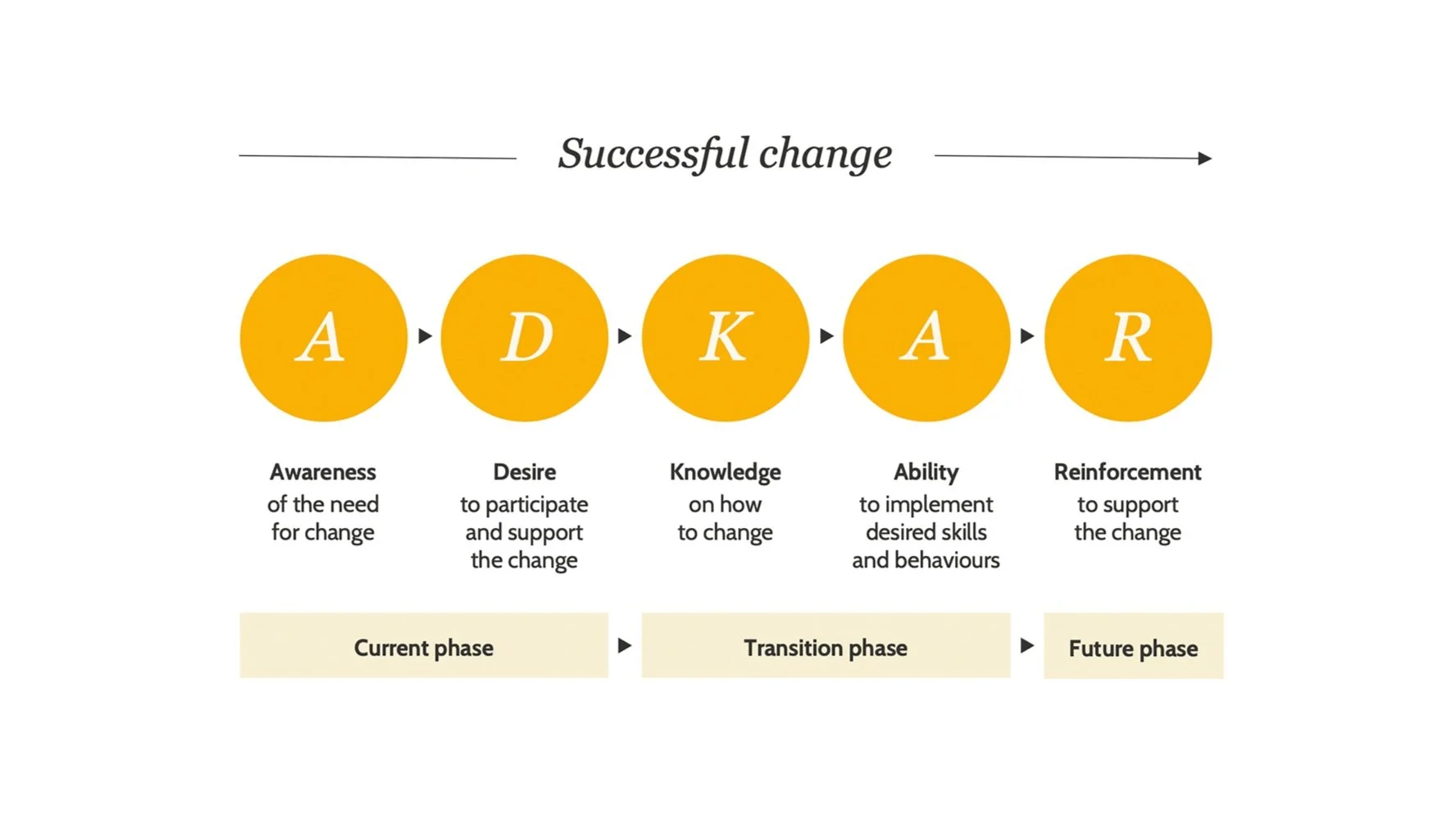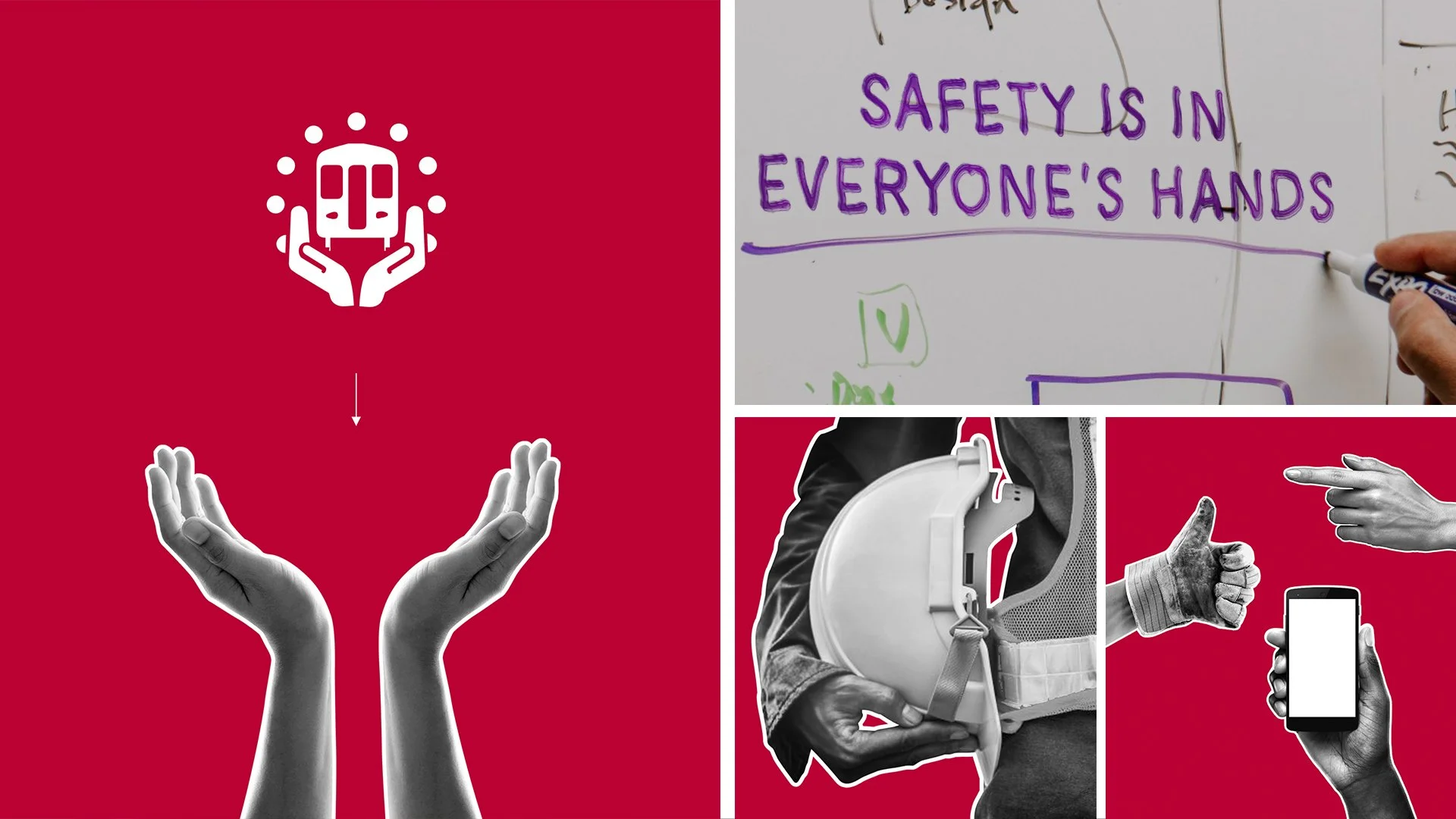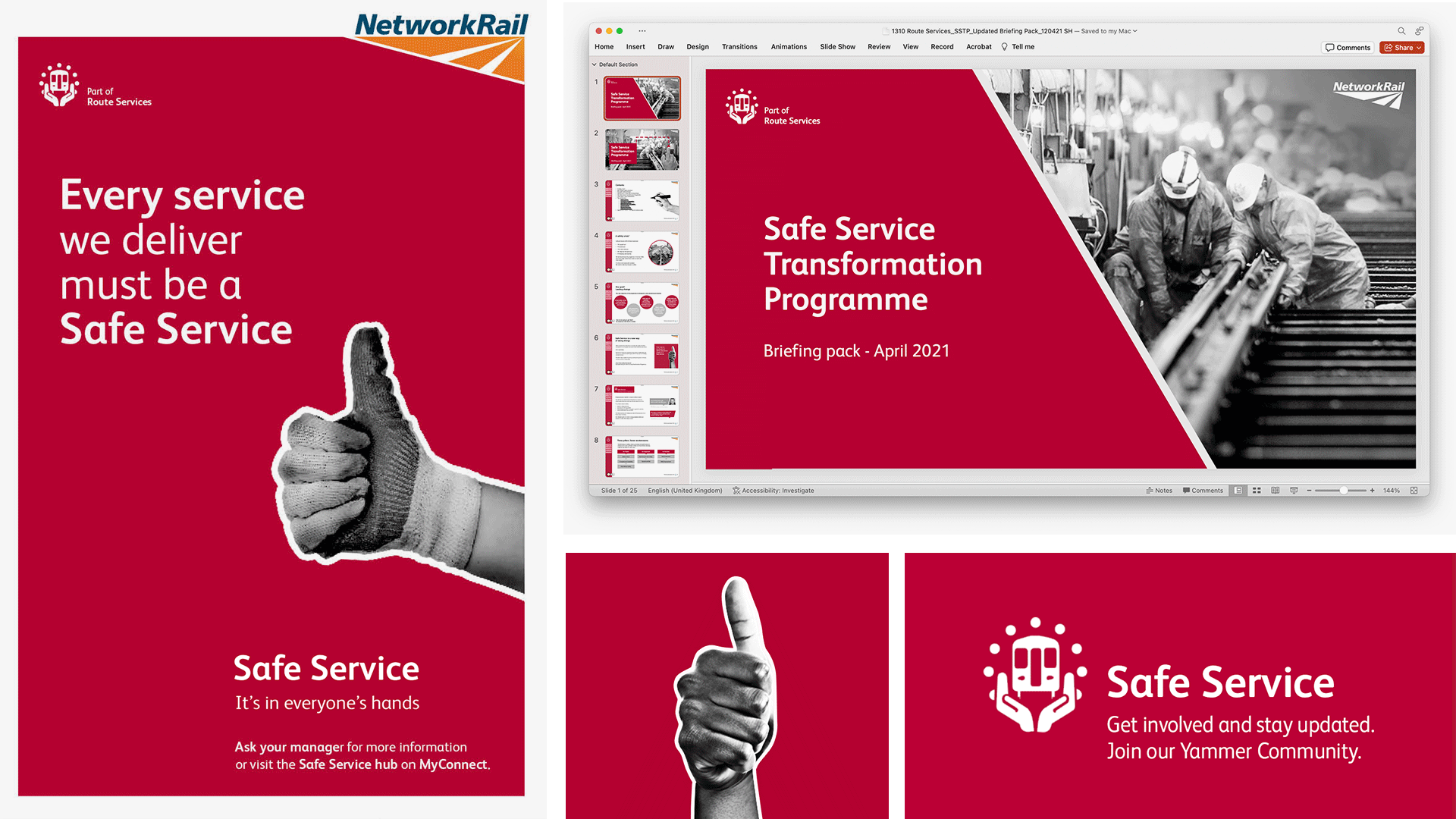
our workNetwork Rail / Changing behaviour in hard-to-reach audiences
How do you embed a culture of safety and deliver potentially life-saving messaging, when your audience rarely sees or engages with internal comms?
Getting through to Network Rail’s hard-to-reach front line is never an easy task, but where safety is concerned, it’s a business-critical one. We created the ongoing Safe Service internal comms programme for the Route Services function, using principles of behavioural science to change attitudes towards safety across the business, but particularly on the front line, where the exposure to risk is most acute.
Introduced in 2021, it’s still going strong – because safety never stops... And the programme is continually raising standards. 2023 saw a 17% year-on-year attendance increase at Safe Service hours, and a 20% increase in the average number of monthly Safety Conversations.
It all starts with understanding
The project kicked off with a deep dive into audiences and landscape. We undertook a research and discovery phase to get under the skin of the brief and the challenges, conducting one-on-one interviews with over 30 Route Services colleagues to understand their views and identify barriers and opportunities for the programme.
It’s always about the positive impact…
100 unique pieces of comms
From mental health to manual handling and more
Safety Hour attendance up 17%
Colleagues’ engagement increased
20% more Safety Conversations
Getting people talking and sharing
A bespoke approach to internal comms
Front line workers told us they don’t have ready access to emails, don’t pay attention to posters, almost never engage with Yammer/Viva Engage and would far rather be spoken to or watch videos – so this helped us identify our priority channels and avoid wasting effort on comms that would never be seen. Our research showed that top-down communications about safety were wallpaper and didn’t work, so we built the comms strategy around authentic peer-to-peer communications. Real people, telling real stories.
Aligned with the ADKAR model
All comms were aligned with the ADKAR model of culture change, moving everyone through a journey of Awareness, Desire, Knowledge, Ability and Reinforcement to ensure that a culture of safety is embedded.
Firstly, we helped colleagues understand the need for change and clearly set out the objectives and milestones for the programme. Following the ‘education piece’ we actively drove support for Safe Service, and the desire to be involved, identifying Safety Champions to serve as ambassadors for our message and beacons of best practice information. From there, we equipped colleagues with the knowledge and tools they needed to deliver Safe Service to their teams.
Creating memorable campaigns
We developed a bold visual identity to capture the ‘hands on’ spirit of Safe Service and pull out the sentiments in our narrative about caring relationships and taking ownership and control of safety. This provided a consistent look and feel to build recognition of the programme, and ensure stand out from other internal comms. Each campaign has its own personality within this identity, using briefing session packs, videos and digital screen presentations to deliver in-depth information to the front line, with auxiliary media serving as a visual reminder and reinforcement. We’ve created an ongoing feedback loop, and use it to continually optimise our strategy based on the responses.
Safety never stops
To date, we’ve delivered over 100 unique pieces of communication covering subjects as diverse as mental health and wellbeing, manual handling, risk assurance and analysis, ‘line of sight’, psychological safety and respectful working.
The central thread throughout every piece of work is the widely-held desire to create a caring environment, where colleagues keep each other safe by looking out for each other.





